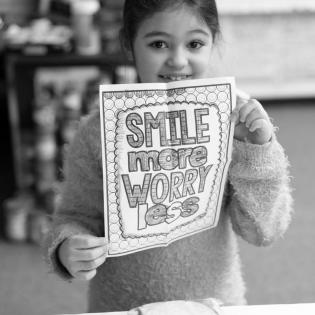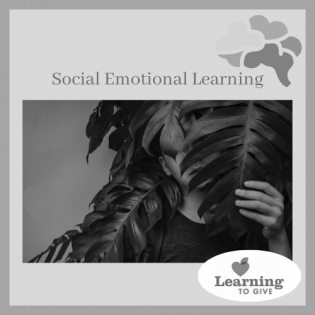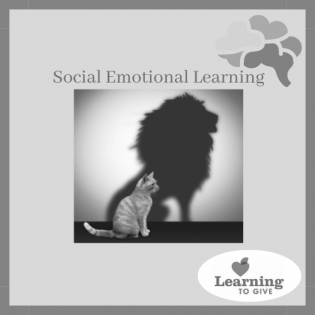In this activity participants will learn about the process of reaching group consensus. The group will generate service project ideas and begin the planning process.
Filter by subjects:
Filter by grades:
Filter by audience:
Filter by issue area:
Filter by content type:
Filter by resource type:
resource search
In this activity, participants practice and reflect on working together to serve the common good.
Video Clip and Discussion Guide: This whiteboard video defines and shows the power of advocacy and action. Youth learn there are many ways to make a difference; and that they have the strength and power to give time, talent, or treasure for the common good.
In this activity participants are introduced to the history of youth organizations in the 20th Century and begin to understand the history of their own youth organization.
In this activity, the group discusses what makes a strong youth council. The team determines what is important to them and their mission. They brainstorm ways to overcome barriers.
In this activity, participants reflect on their beliefs and feelings about philanthropy. This activity helps participants practice speaking up for issues they are passionate about and dialogue with others on the topic. This activity can help a group come to a consensus through speaking up about their values and interests.
In this activity participants will gain an understanding of diversity, equity, and inclusion and construct a DEI framework for different aspects of their youth philanthropy group. Document support provided by the Michigan Community Foundation's Youth Project (MCFYP) 2020.
Identity self-portraits create opportunities for self-understanding by encouraging youth to reflect on different facets of their identities. Participants illustrate their visible and invisible identity markers, reflect upon how these identities interact with how they perceive themselves and how they are perceived by others.
Courageous Conversations about social justice are an Everyday SEL practice. These prompts can be used to facilitate conversations that aim to build empathy and connection by inviting participants to speak and listen from the heart. Courageous Conversations take place after a stimulus, such as a video or image, is introduced. A stimulus is used to build background and stimulate thinking and discussion.
This guide provides tips and resources about promoting respectful dialogue based on facts and seeking to understand and be understood rather than to win.




